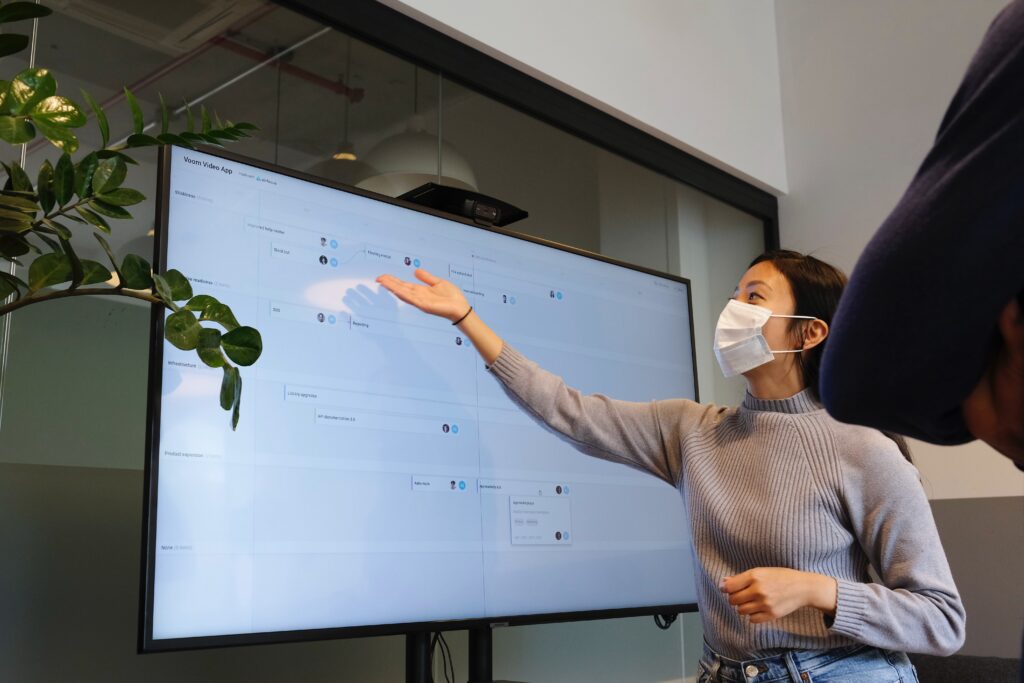Those who eat, breathe, and sleep politics in Texas know that January 12th is an important day. This is the day that the 87th Texas Legislature will begin their work and all of the various groups that engage in the act of persuading the legislature to adopt their legislative priorities kick into high gear as well. As the Director of Government Relations for TCEA, I have the privilege of representing more than 57,000 educators’ interests at the Texas Capitol.
I know not all of our members are from Texas, but the vast majority are. And even if you aren’t living in Texas, but you are an ed tech enthusiast, rest assured that our efforts in Texas play an important role in influencing what happens in other states, just as other states’ laws and policies influence Texas. The U.S. Constitution has established that education policy is delegated to the states. The only reason the U.S. government has any influence over public schools is that they provide some financial support for educating our children. If states want the money, they must follow the federal guidelines. However, the vast majority of education decisions are made at the state level.
Our Legislative Priorities
Every two years, the TCEA Board of Directors establishes the legislative priorities for TCEA. The reason this is done every two years is because the Texas legislature meets for 140 days every two years. That’s right, they only have 140 days every other year to create and pass a budget and any new laws. Our board establishes our legislative priorities that will help guide the association’s actions during the Texas legislative session, but also throughout the rest of the biennium since part of the process includes implementing any new laws that get passed during the session.

TCEA has been actively monitoring and advocating to remove or diminish the barriers to digital learning for many years. And while the COVID-19 pandemic surely exacerbated and drew more attention to these barriers, the problems themselves have remained the same. Many Texas districts have been working over the years to provide their students with digital resources that enable them to learn anytime and anywhere. The districts who have been moving in this direction through strategic planning, resource allocation, and preparing their personnel for the shift from print to digital were far more prepared to be able to make the necessary adjustments during the pandemic. Those who had not have struggled. Part of their struggle was due to circumstances beyond their control, but with planning and preparation, many of these obstacles can be overcome. After review, the board has made the following recommendations for the upcoming legislative session.
Broadband Access
COVID has made it obvious to all that many Texas students do not have adequate access at home. This was a barrier even before the pandemic, but the pandemic has highlighted the inequities that these families face. Broadband is not a luxury anymore. It is as much a necessity as basic electrical service. Without broadband, many students and some teachers have not been able to access the remote learning opportunities that many other Texas students have utilized to continue learning from home. It is important to note that these students who do not have access at home need this access even when they are able to go to school. Anytime, anywhere learning relies on access to resources regardless if the student is at home or at school. It is imperative that Texas provide the leadership that is necessary to solve the disparities in broadband access across the state.
Recommendations to address the barriers for affordable and scalable broadband:
- Establish an office to coordinate the efforts to provide broadband access to all Texans.
- Create a broadband plan that will guide the efforts of local and state agencies as they strive to provide affordable and scalable broadband for both rural and urban areas of the state.
- Improve the accuracy of the broadband mapping data by requiring a process to verify this data.
- Determine how to fund the installation of this vital infrastructure.
- Include broadband infrastructure projects in the list of eligible projects for public private partnership funding.
- Ensure that cities have the ability to provide this service if it is the best solution for their citizens.
Technology and Instructional Materials Allotment
The TIMA is intended to be a dual-purpose fund to support the purchase of instructional materials and technology. However, districts have very little discretion on how to use the TIMA due to the size of the textbook proclamations and the sharp increase in the cost of instructional materials.

In a recent survey conducted by TCEA, 50% of the districts that responded indicated they rarely, if ever, used the TIMA for technology. The respondents said that the cost of instructional materials increased in direct correlation to the size of the allotment, leaving little, if no money for technology equipment, support, or professional development. They also indicated that if there are remaining funds in the TIMA at the end of a biennium, instead of using those funds for technology, those funds are saved for the next biennium’s proclamations.
Most districts do not view the TIMA as a source for technology funding. According to our survey, 61% of the districts rarely, if ever, include technology personnel in the discussions on the use of the TIMA. Therefore, it is obvious that the TIMA is not effective in providing funding for both instructional materials and technology under its current structure.
Recommendations to address the barriers preventing the TIMA from functioning as planned:
- Remove the requirement to purchase all instructional materials before a district can purchase technology.
- Require TEA to provide more assistance in helping districts learn how to leverage this allotment to align their goals with the state’s Long Range Plan for Technology.
- Require the SBOE to limit the size of the proclamations to no more than 75% of the expected distribution as stipulated in HB 663 in the 86th Legislature.
- Stipulate that a certain percentage of the TIMA be used by districts for technology purchases. This could be determined by the legislature or the commissioner.
Next week, we’ll explore more of TCEA’s legislative priorities, focusing on digital learning.

